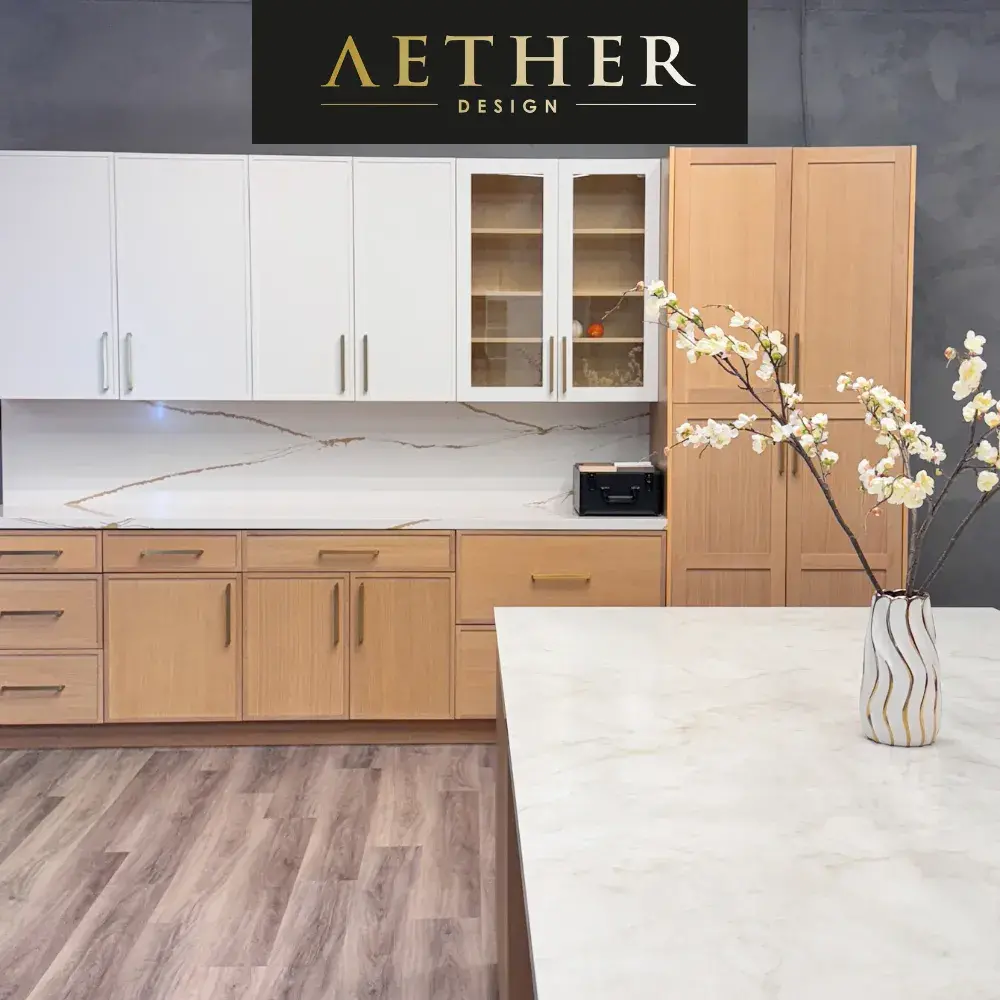Installing new cabinets is one of the most rewarding phases of a kitchen renovation. However, even the best materials can fall short if installation isn’t handled with precision. Many homeowners rush this critical step or overlook details that affect the overall performance and appearance of their kitchen. Being aware of common errors can save you from costly rework and frustration.
Skipping Accurate Measurements
One of the most frequent and damaging mistakes during installation is failing to take accurate measurements. Without precision, even a high-quality kitchen cabinet may not fit properly. This can lead to uneven alignment, inefficient use of space, or gaps that detract from the final look. Professional-grade measurement tools and double-checking dimensions for appliances, walls, and corners are essential for a flawless setup.
Ignoring Wall and Floor Leveling
It’s easy to underestimate how much an uneven wall or floor can disrupt your cabinet layout. If the base or surrounding structures aren’t leveled properly before installation, you risk having drawers that don’t close smoothly or visible misalignment between cabinet doors. Always prepare the surface first. A stable, level foundation ensures long-term durability and a seamless visual finish for any kitchen cabinet system.
Using the Wrong Fasteners or Anchoring Techniques
Each wall type—drywall, plaster, or concrete—requires specific anchors to secure the cabinets correctly. Using weak fasteners or the wrong anchor method may cause cabinets to shift or detach over time, especially when they’re loaded with kitchen items. Installers should always assess wall structure and weight-bearing capacity, ensuring the correct hardware is applied at every point of contact. Reliability in anchoring is key to long-term cabinet safety.
Rushing the Finishing Touches
Final adjustments like caulking, aligning hardware, or sealing joints are often rushed, especially when a project is nearing completion. These finishing steps are what make your cabinets look professional and cohesive with your kitchen’s overall design. Quality workmanship requires attention to detail, from smoothing edges to testing door functionality. Taking time to adjust each element can elevate your entire installation from good to great.
Learn More

